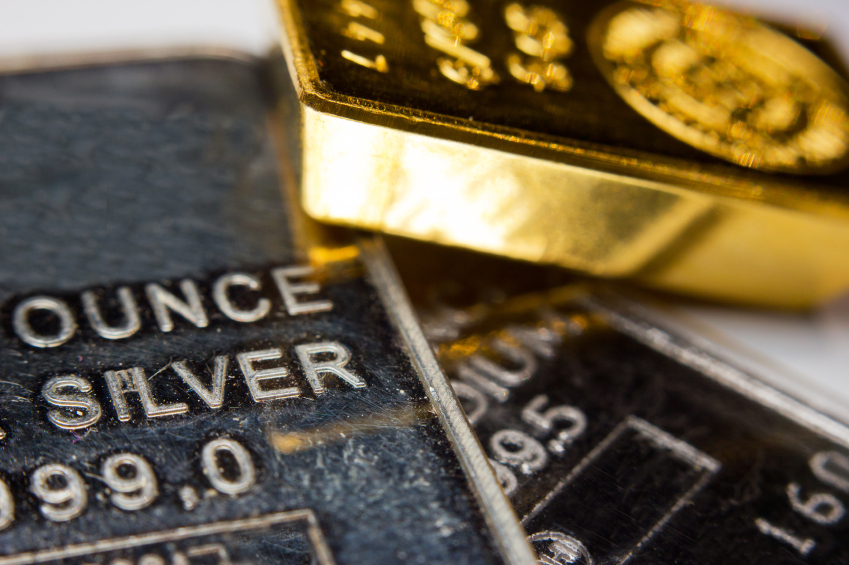 If there’s one thing that’s true about gold and silver prices, it’s that they’re always changing. As we write this, silver is up and gold is down, yet by the time this post is published on our blog about buying and selling gold, the reverse may be true. That said, what factors influence gold and silver prices? Let’s take a closer look.
If there’s one thing that’s true about gold and silver prices, it’s that they’re always changing. As we write this, silver is up and gold is down, yet by the time this post is published on our blog about buying and selling gold, the reverse may be true. That said, what factors influence gold and silver prices? Let’s take a closer look.
-
Economic data
The monthly jobs report. Wage data. GDP growth. This sort of economic data can influence the Federal Reserve’s policy decisions, which in turn can influence gold prices
If the U.S. economy is strong – unemployment goes down, manufacturing increases, the GDP grows – gold prices tend to drop. That’s because the price of gold is tied to interest rates. In stronger economic times, borrowing increases, interest rates go up and gold becomes a less attractive investment.
On the flip side, negative economic news – rising unemployment, stagnant manufacturing, etc. – can cause gold prices to rise.
-
The U.S. dollar
Silver and gold are considered “dollar-dominated assets” because global markets measure them according to the U.S. dollar.
And the relationship between gold and silver prices and the U.S. dollar has been the same for nearly 50 years: when the dollar is stronger, metal prices are lower. When the dollar exchange rates drop, the cost of gold and silver goes up.
Investors tend to shy away from gold and silver when the dollar is high because they will get less for their money.
-
Supply and demand
Gold and silver are like any other commodity and subject to the law of supply and demand. Increased demand coupled with limited supply will drive prices higher.
In the case of silver, much of the demand is driven by this metal’s use in industrial and medical manufacturing. Silver is found in everything from cell phones to hospital disinfectants and the low number of worldwide silver mines means demand will often outstrip supply.
Therefore, if one of those sectors becomes especially busy, or there’s a boom in new technology, the demand for silver will rise.
COVID-19 and gold and silver prices
How has the COVID-19 outbreak affected gold and silver prices? When the outbreak began, the stock market experienced a swift decline and many financial institutions sold their precious metal contracts, causing the price of gold and silver to plummet.
However, mint closures triggered by the pandemic cause the demand for silver coins and bullion to rise in April, leading to a shortage that raised prices.
We’re not sure what the future will bring, but regardless of what happens to gold and silver prices, we always return to the same idea: that you invest in these metals to preserve your wealth.
And before you buy – or sell – gold, we recommend consult with an expert. Doylestown Gold Exchange is here to help you.
For nearly 30 years, we’ve been providing precious metal consultations to people throughout the Bucks County area. Whether you want to invest in gold or sell your metals, our experts can make sure you get a fair price.
We also recommend checking out our homepage, where our tracker offers round-the-clock updates on gold and silver prices.

